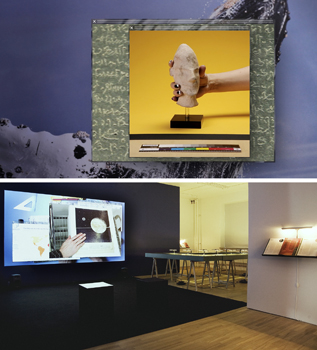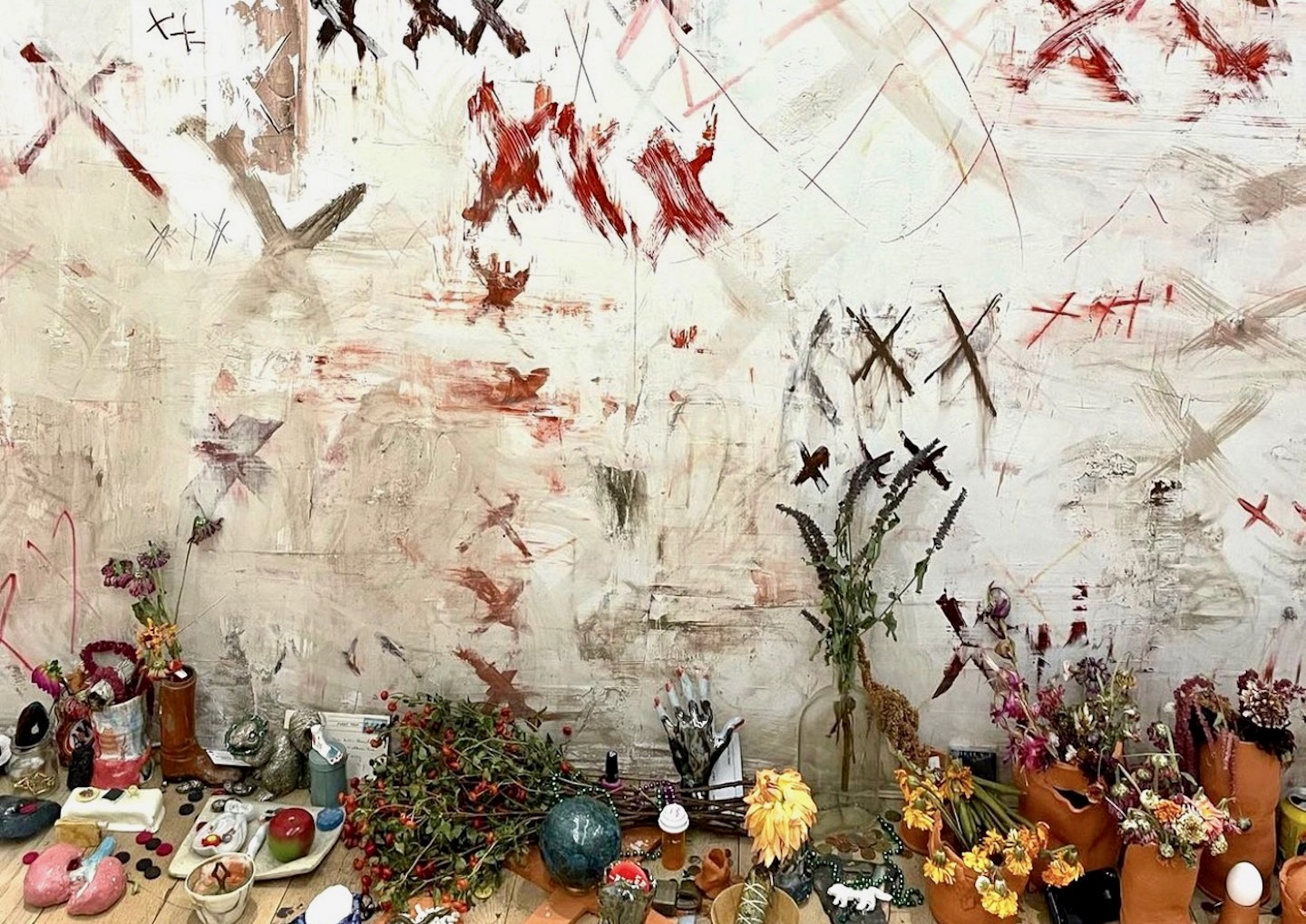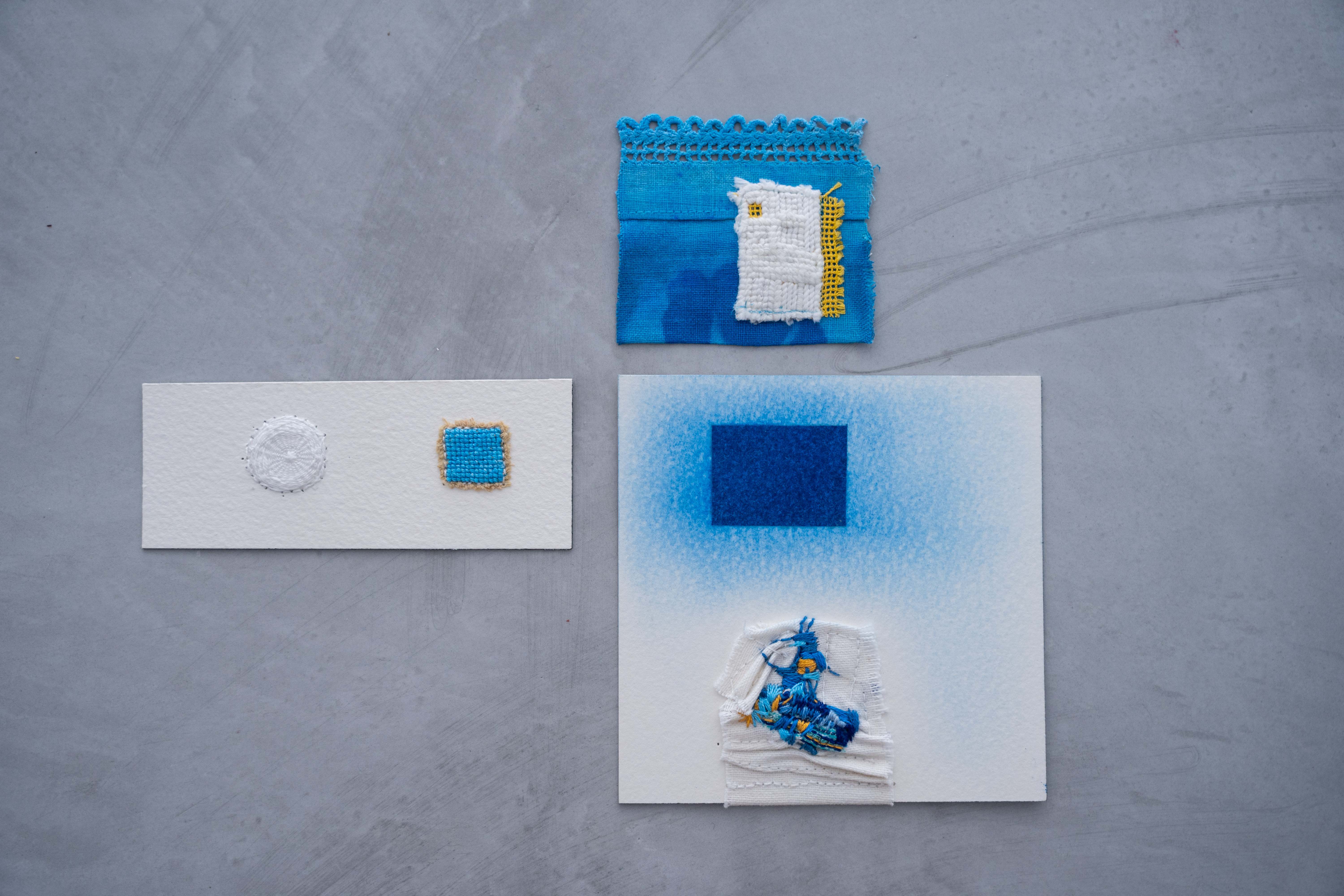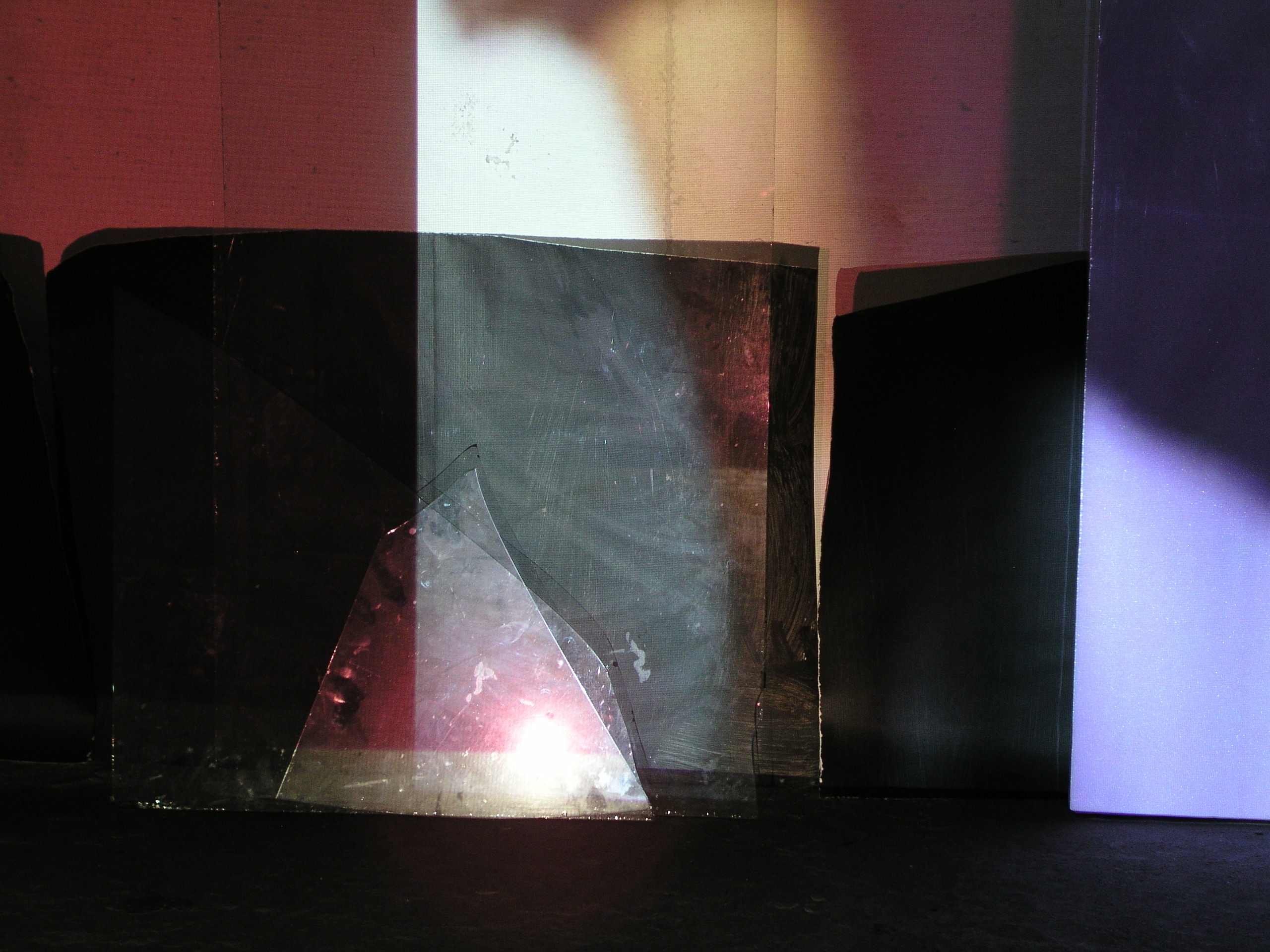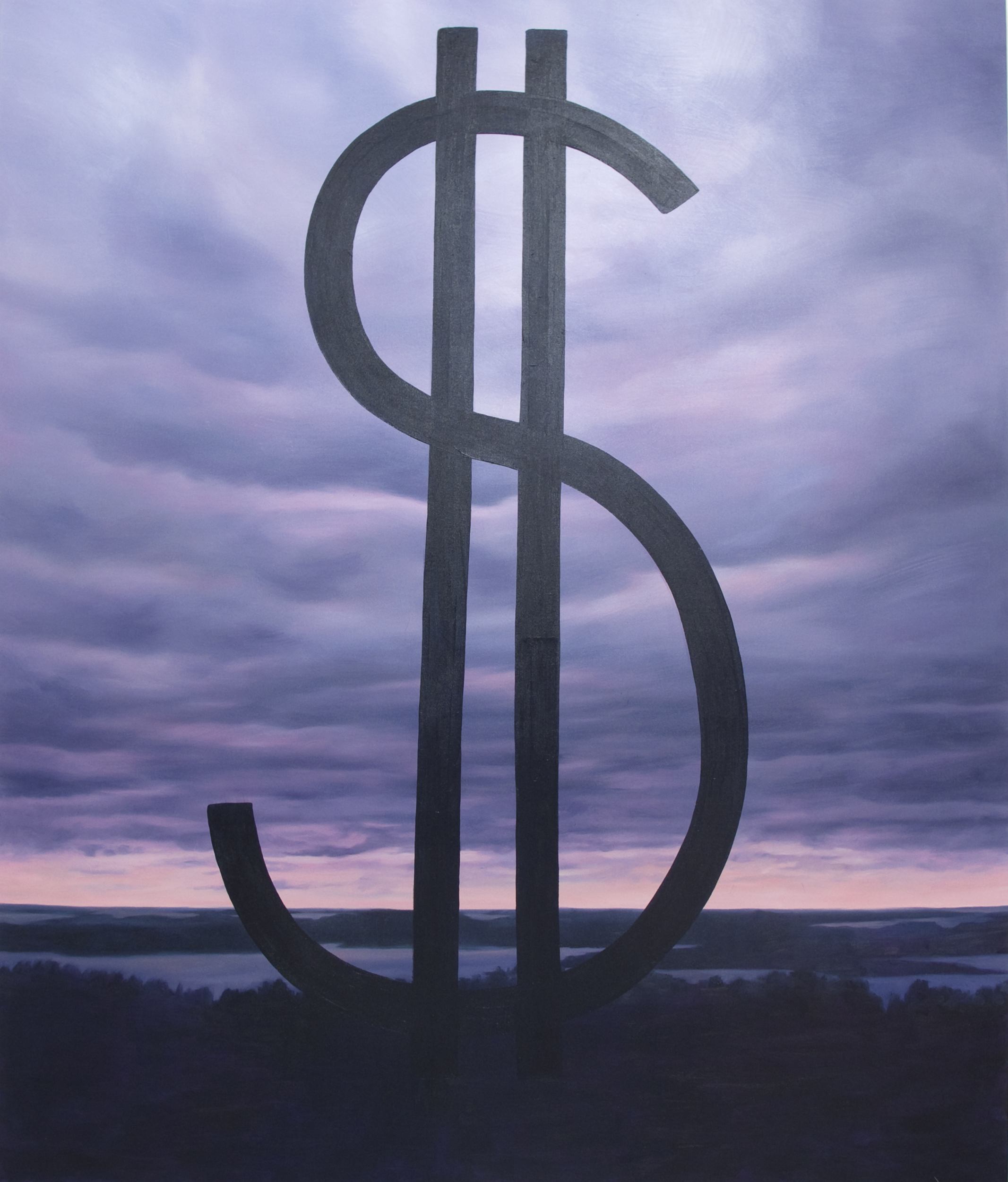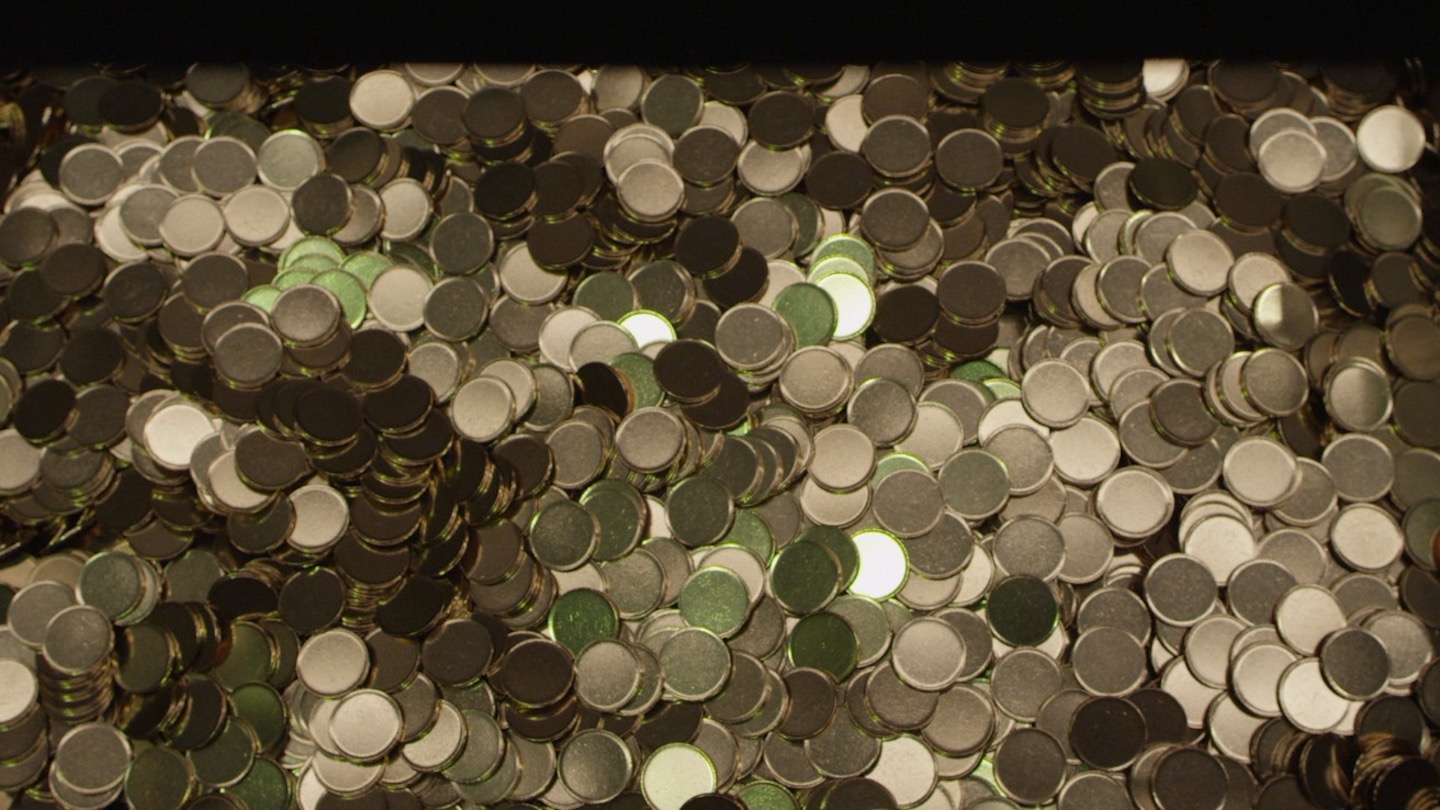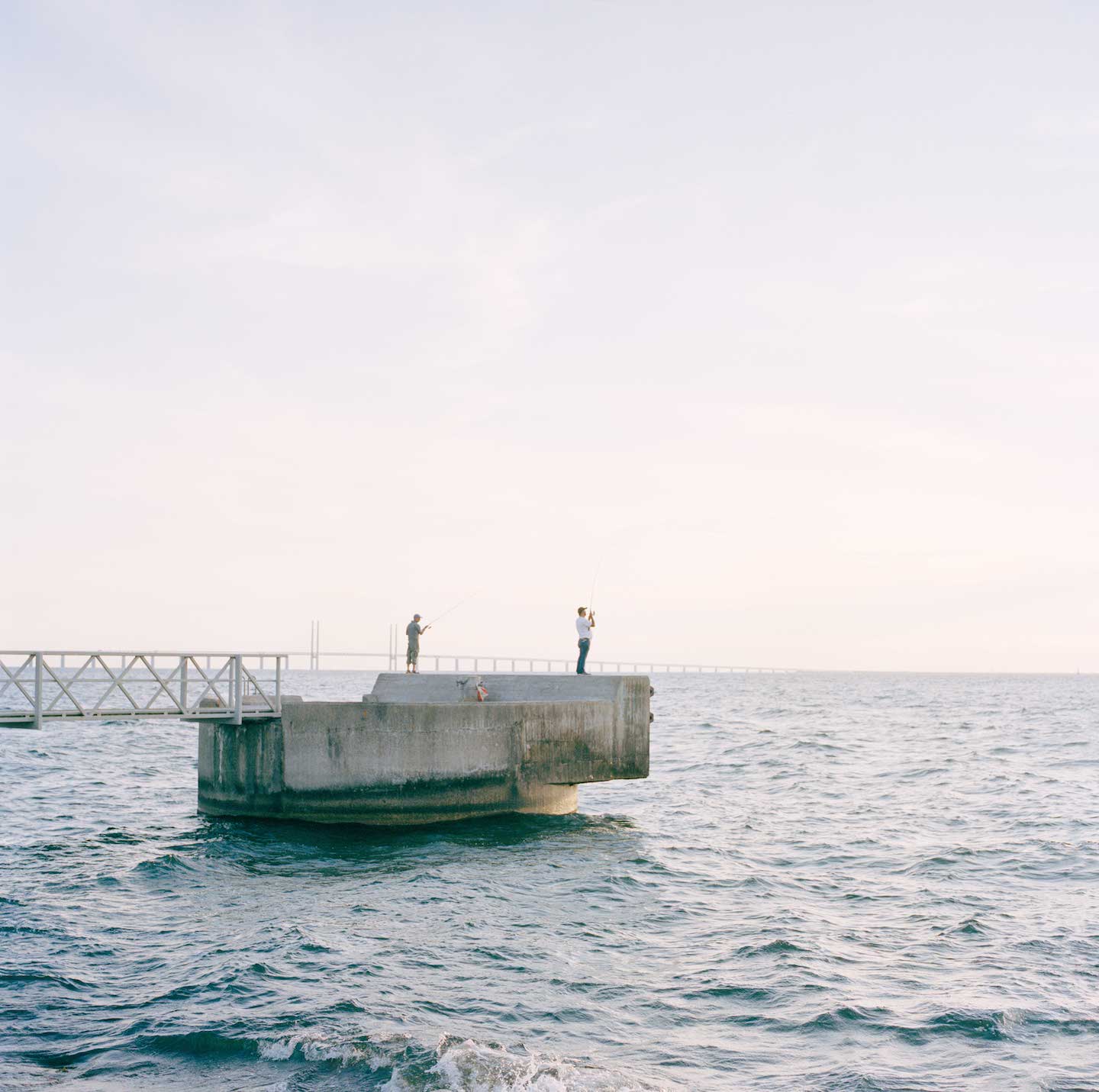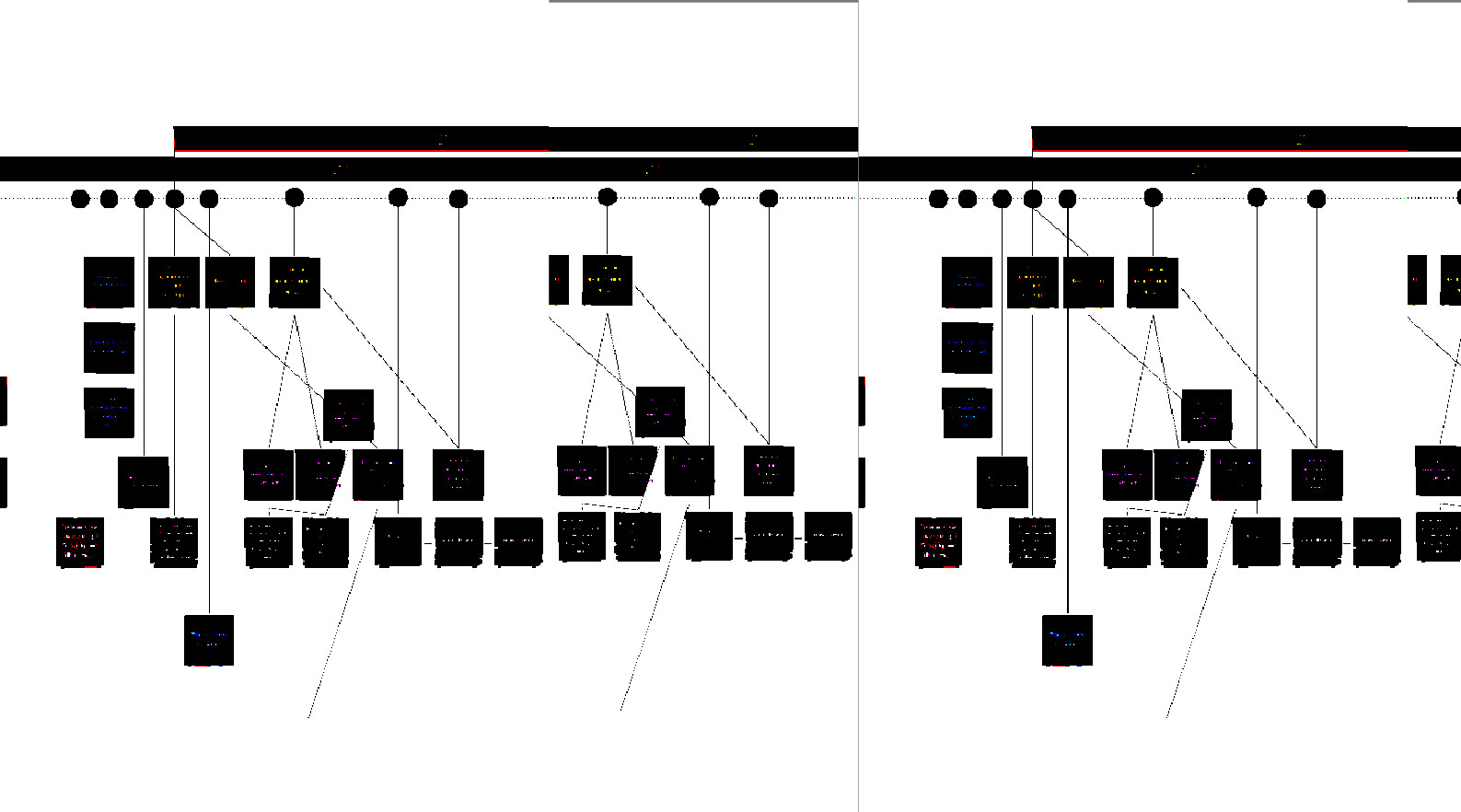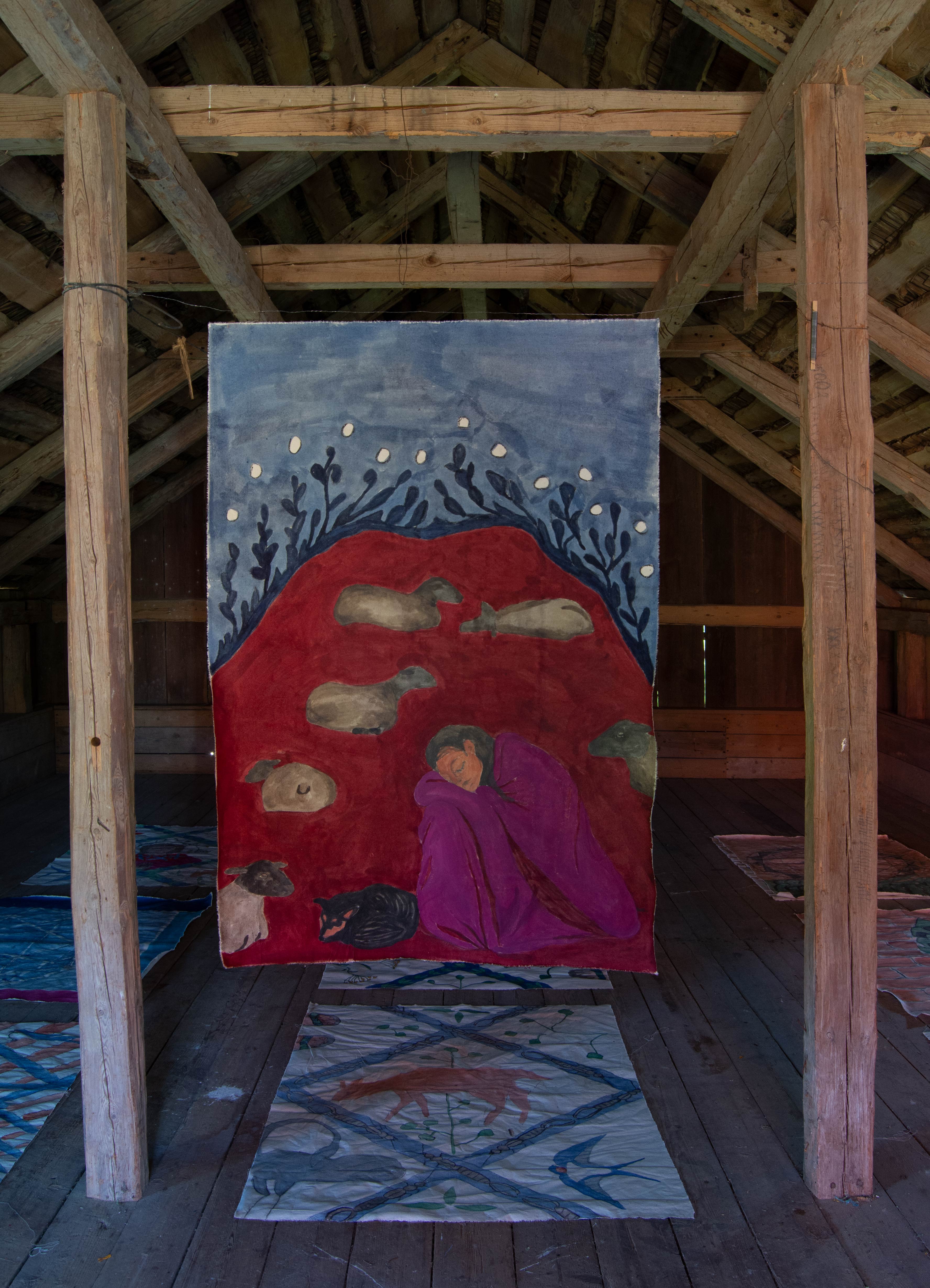Dan Graham, Camille Henrot, and a herbarium by A-L. Löfberg
Reading “The World in Which We Live”
29 August–10 November 2013
Signal – Center for Contemporary Art
Monbijougatan 15, entrance from the backyard
SE 211 53 Malmö, Sweden
Hours: Thursday–Friday noon–6pm;
Saturday 1–5pm; Sunday noon–4pm
Versatile, courageous, contrary, intuitive, unpredictable, impulsive, impatient, original. This could be the initial words of a horoscope, or the introduction to an exhibition that unfolds into the way that we look at the world.
Knowledge and belief, scientific facts and information are often easily mistaken for one another. A sense of humour and shadows of doubt are helpful tools to blur those somewhat arbitrary boundaries, as is to plunge deep into existing pools of ideas and emerge with a new set of complex constellations of connections and contradictions. This show celebrates the hybrid nature of things, which in turn constitutes its logic.
Odd pairs like research and pleasure, intention and chance, poetry and politics, controversial and consistent, misreading and invention are not supposed to explain the world. Over time things shift, their reading shifts. Things that should have been preserved disappear, and things that were not meant to be collected reappear. As in the collection of flowers and plants pressed and preserved in daily newspapers between 1968–71, iconic years in recent Western history. This particular pairing, flowers and daily news, was not meant to survive. Yet it did, and today the delicate flowers from a private garden live on as a piece of intricate historical documentation. On Sunday 20 July 1969, the front page reports on the legendary moon-landing that was to take place that same evening. Embedded in this historical moment is another trace of time only revealed by the choice of words when wondering whether the wives of the astronauts would become space-widows or hero-wives.
The configuration of things that seemingly do not go together tenders a reading that surprises, inspires and eventually disrupts a couple of given truths. To compose an encyclopaedic video on the history of the universe and set yourself the challenge of retelling the story of the creation could very well be dismissed as an impossible act of hubris. And yet the pulsating sound beat, the spoken word poem, the flow of images and layers of meaning and associations elegantly assembled by Camille Henrot in Grosse Fatigue (2013) rocks our world. Footage from the treasures of prestigious collections alongside images recognizable from here and there open windows that unfold the vast, infinite mass of information in impossible excess.
Transferring a particular reading into an expanded realm that connects the personal and the universal to explore shifts in individual and group consciousness and the limits of private and public space is a cornerstone in Dan Graham’s multifarious practice. Embracing theoretical writing, text pieces, performances, video works, installations, and architectural interventions, the Architecture/Astrology horoscopes co-written with Jessica Russell and published as a column for Domus magazine in 2011–12 resonate with the expanded logic of the hybrid. Filled with true appreciation, humour and sharpness, the horoscopes mirror the canon of architecture as we didn’t know it.
Humans seem to have a compulsive obsession to catalogue the world – science, astrology, museums, archives, herbariums, encyclopaedias, and the list goes on. From these resources, once in a while, fascinating hybrids arise that inspire us to rethink the way we look at the world. In other words, Reading “The World in Which We Live” is about the idea of encouraging unpredictable streams of thought that provoke far-fetched impossibilities, also known as knowledge.
Signal is run by Carl Lindh, Emma Reichert and Elena Tzotzi.
*Top: Camille Henrot, Grosse Fatigue, 2013. Video, color, sound, 13 minutes. Courtesy of the artist, Silex Films and kamel mennour, Paris. Bottom: Reading “The World in Which We Live.” Exhibition view, Signal – Center for Contemporary Art, Malmö. Photo: Signal – Center for Contemporary Art.
